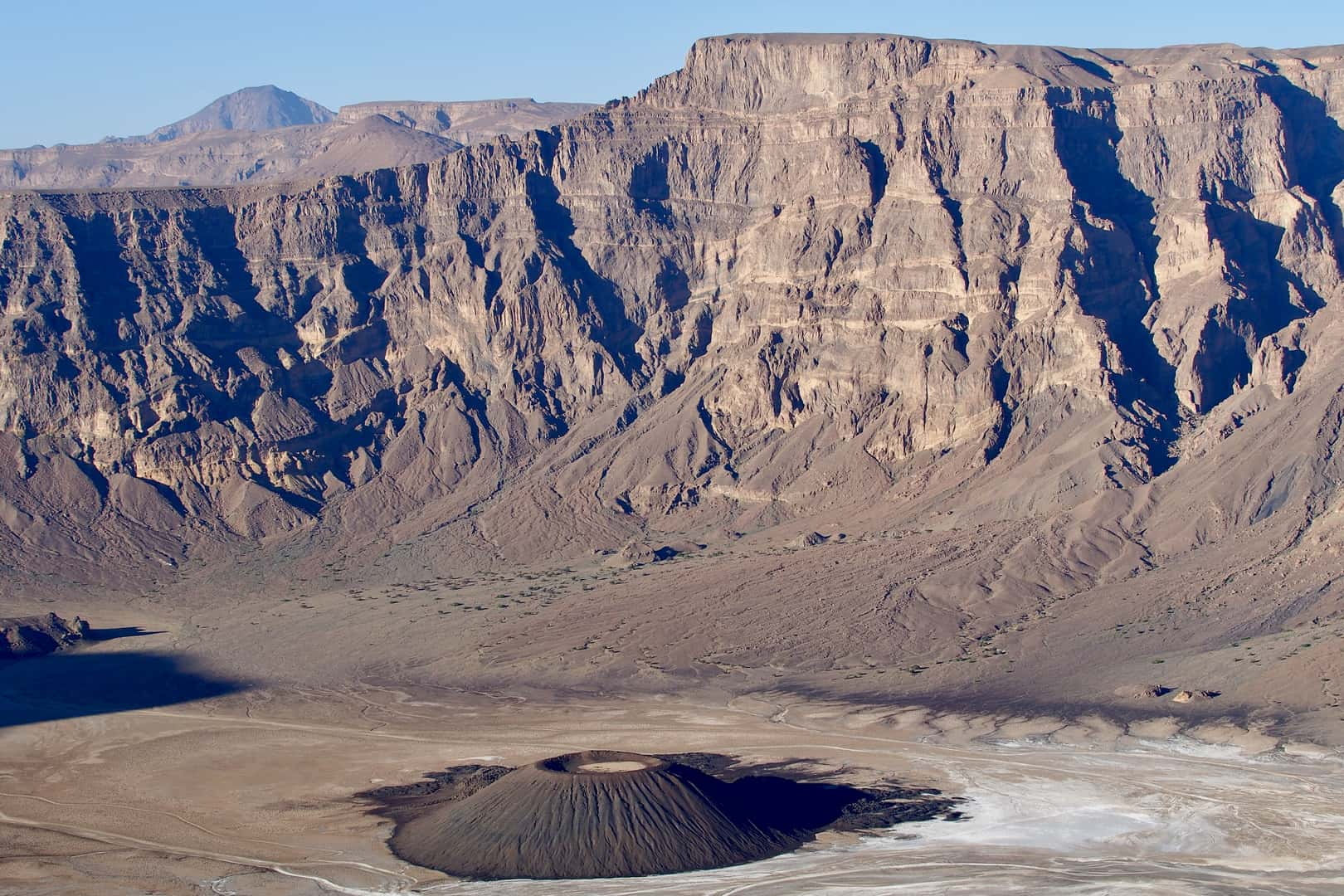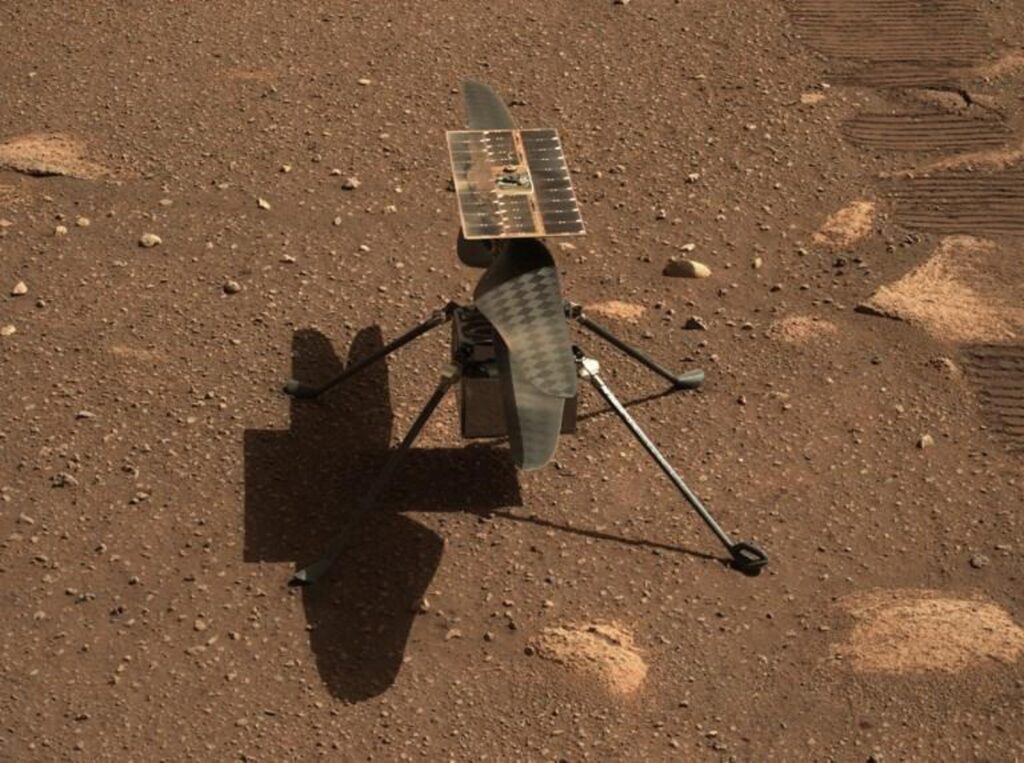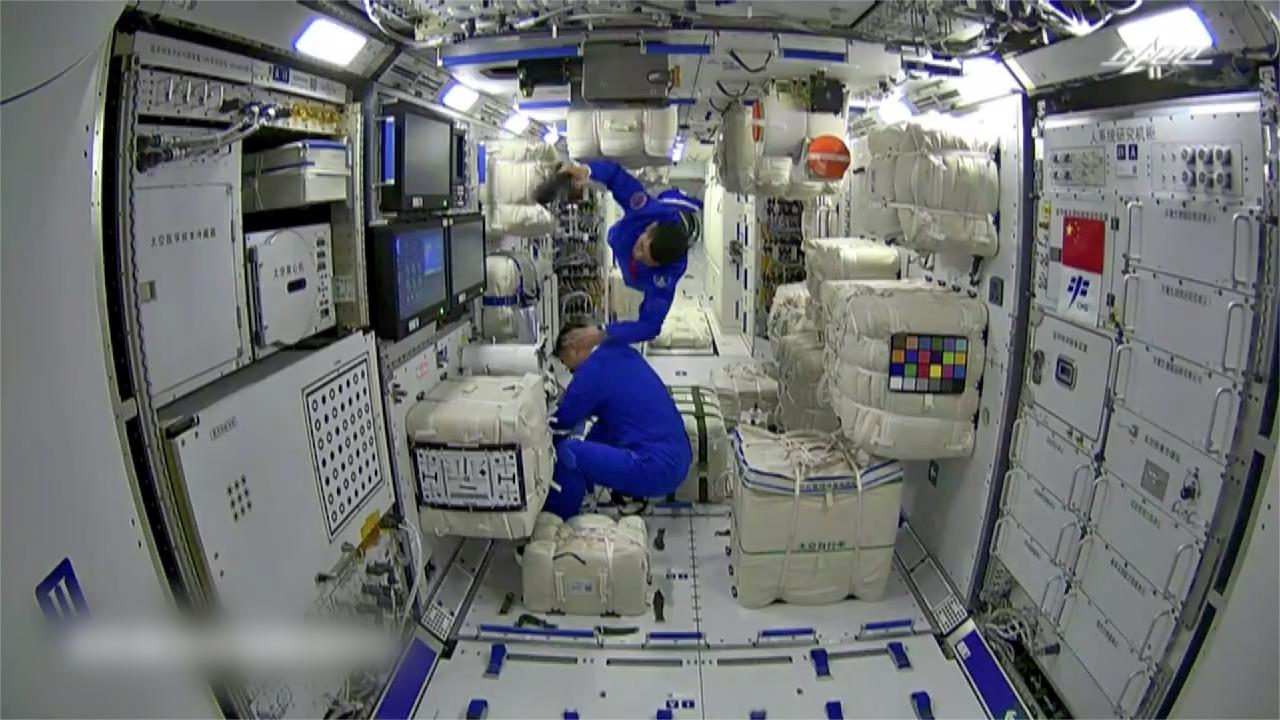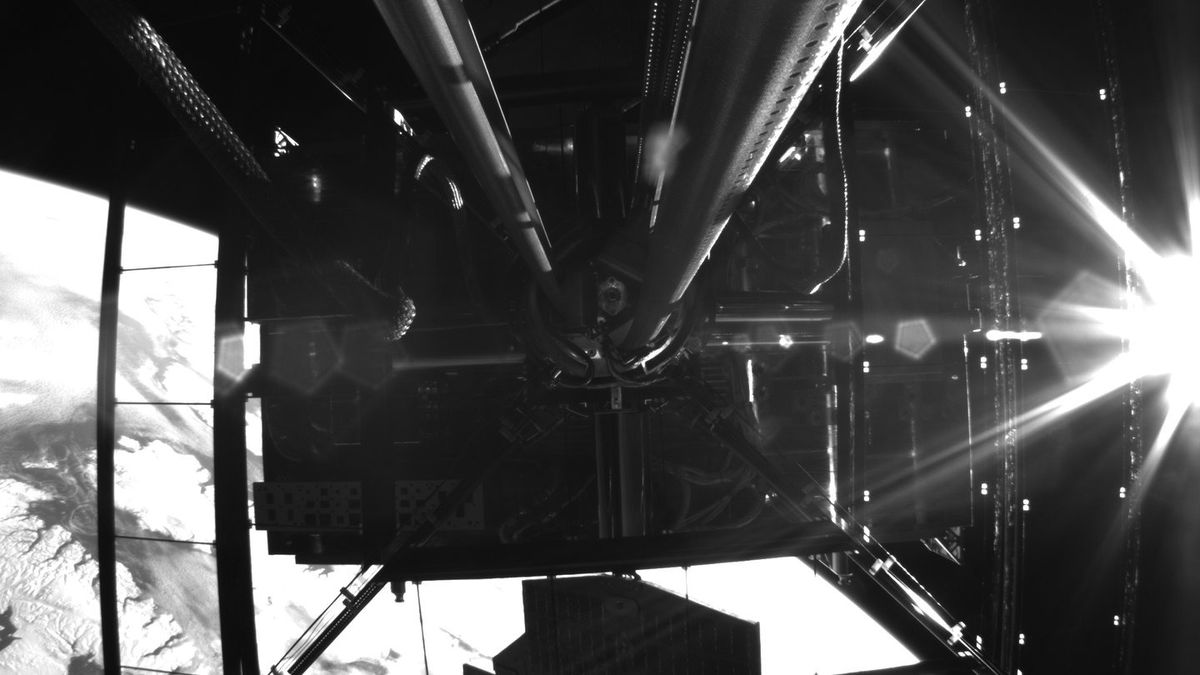This eerie image was taken on February 12th by an anonymous astronaut aboard the International Space Station (ISS) as it passed over the Tibesti Massif, a prominent mountain range traversing the Sahara Desert across Chad and Libya.
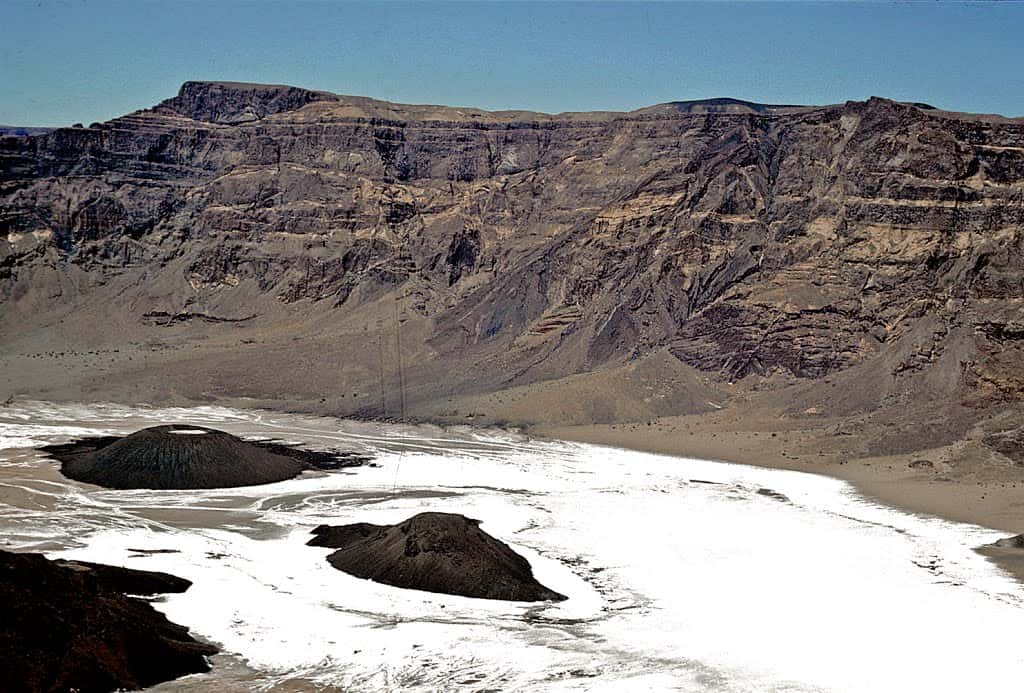
In a spectacular nod to the Halloween season, NASA has unveiled a chilling photograph of a sinister “skull” formation seemingly glaring from the heart of a vast volcanic chasm within the Sahara Desert
NASA‘s Earth Observatory chose to release this unsettling image on October 31st. The skull-shaped formation is situated at the bottom of Trou au Natron, also known as Doon Orei, a volcanic pit in the Sahara Desert caldera approximately 1,000 meters wide. This geological depression was left behind by a colossal volcanic eruption hundreds of millennia ago and is located just south of Tarso Toussidé, a larger volcanic pit in the Sahara Desert feature hosting a potentially active stratovolcano.
The skull’s distinctive white color on its mouth, nose, and left cheek results from natron, a naturally occurring salty mixture containing sodium carbonate decahydrate, sodium bicarbonate, sodium chloride, and sodium sulfate. The eyes and nose holes are cinder cones, steep conical hills formed around volcanic vents that loom above the rest of the caldera floor. The shadow cast by the crater’s tall rim contributes to the skull’s striking appearance. While Trou au Natron is currently a desolate and lifeless area, experts suggest it was once a vibrant glacial lake, possibly until about 14,000 years ago.
Researchers discovered fossils of sea snails and plankton beneath the natron-covered floor of the pit in the 1960s
A subsequent expedition in 2015 unearthed algal fossils dating back 120,000 years. Despite the age of these fossils, Trou au Natron is among the youngest volcanic pits in the Sahara Desert features within the Tibesti Massif, as its neighboring volcanoes are likely much older.
This intriguing discovery of a skull-shaped geological feature in the Sahara Desert from space harks back to a similar sighting during Hurricane Matthew in 2016, where a weather satellite captured the storm’s swirling vortex resembling a sinister face with a striking red eye and prominent teeth as it made landfall in Haiti.
READ ALSO: Dream Chaser Spacecraft: Milestone Journey Begins As Commercial Space Plane Nears NASA Facility
